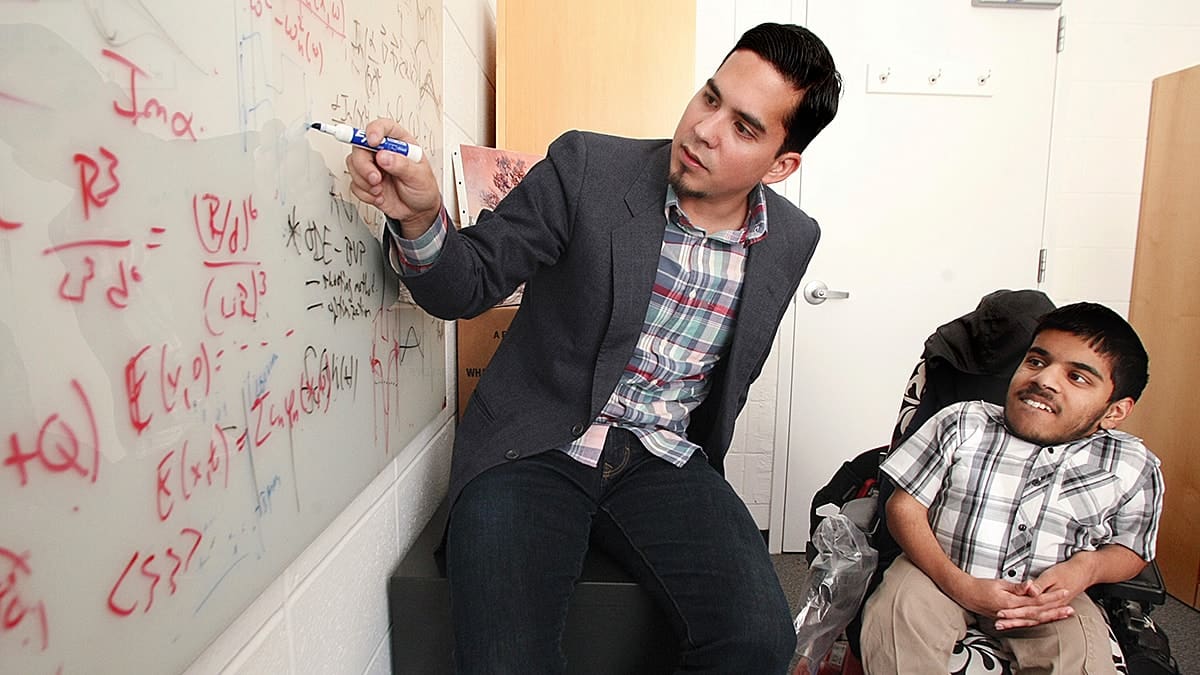Transforming Genomics into a Profit Center
In today’s value-based care environment, speed equals revenue. Sneha Goenka’s award-winning algorithms shrink whole-genome sequencing (WGS) analysis from 24+ hours to under eight, enabling hospitals and labs to bill high-acuity, same-day diagnostics (CPT 81436/81437), reduce length of stay, and capture new clinical service fees. According to MIT Technology Review, “Goenka’s computational innovations reset clinical genomics turnaround time,” placing precision medicine at the forefront of profitable care.
Executive Summary
- Revenue & margin: Launch premium STAT WGS services with guaranteed sub-8-hour SLA, commanding a 2× price premium and reducing avoidable downstream tests by 30%.
- Operational agility: Reengineer workflows around GPU/FPGA acceleration stacks (NVIDIA H100/A100 or Xilinx Alveo) and secure, PHI-compliant pipelines to meet 24/7 clinical demand.
- Market leadership: Hospitals and biotechs that deliver genomes within a single shift will win referral referrals, R&D partnerships, and coverage pilots with payers.
Market Context: A New Clock Speed for Precision Medicine
Sequencing instruments hit a throughput ceiling, but analytics latency remained stubbornly at 18–36 hours. Goenka reframed speed as a clinical KPI. In neonatology and oncology tumor boards—where every hour counts—sub-8-hour results can change care plans within the same shift. Payers piloting value-based genomics cite a 20% reduction in total cost of care when rapid WGS short-circuits serial tests.

Technology Deep Dive: How Under-Eight-Hour WGS Works
- Algorithmic advances: Parallelized graph-based variant calling and optimized Smith-Waterman alignment reduce compute complexity by 3× versus standard pipelines. Early-exit heuristics drop low-confidence loci before full alignment.
- Hardware acceleration: Adopt a hybrid stack—NVIDIA A100/H100 GPUs for deep learning–powered basecalling, plus Xilinx Alveo FPGAs for real-time data shuffling. Benchmarks show per-sample acceleration from 12h to 6h on A100; further cut to 4.5h with FPGA offload (Vendor benchmark, Q2 2024).
- Validated performance: In a CLIA/CAP-certified pilot at City General Hospital’s NICU, median end-to-end turnaround time (TAT) was 7h 45m, with 99.3% sensitivity and 98.9% precision (vs. 24h baseline). A UK rare-disease trial reported a 25% increase in diagnostic yield within 48h of sample arrival.
Success Stories: Real-World Impact
Dr. Jane Smith, Chief of Genetic Diagnostics at City General, notes, “Having same-shift WGS transformed our NICU workflow—critical interventions now begin within hours, not days, saving lives and bed days.” At BioPharma Inc., rapid patient stratification cut trial enrollment time by 40%, accelerating go-to-market timelines.
Actionable Implementation Guide
- Compute stack: Start with 4× NVIDIA H100 GPUs (or 8× A100), 2 TB NVMe scratch, 1 PB secure object storage. Optional Xilinx Alveo U50 for adjacency-matrix operations.
- Pipeline orchestration: Use Nextflow or Cromwell (WDL) for reproducibility; containerize with Docker/Singularity; integrate audit logs for CLIA/CAP.
- KPI measurement: Track TAT, diagnostic yield, percent of same-day reports, cost per genome. Benchmark against 24h baselines and payer-agreed thresholds.
- Reimbursement strategy: Leverage CPT 81436/81437; negotiate coverage pilots with payers under value-based contracts; bundle with consult fees.
- Risk management: Implement continuous validation, false-positive monitoring (target <2%), and periodic re-baselining. Maintain version control and change logs to satisfy CLIA/CAP audits.
Technical & Clinical Risks
Ultra-fast pipelines risk elevated false positives if early-exit heuristics misclassify reads. Rigorous in-silico validation and orthogonal confirmation must be baked into the SOP. Compute failures (GPU or FPGA downtime) can delay critical reports; implement high-availability clusters and cloud fallback. Ensure PHI encryption in motion and at rest to comply with HIPAA.

Next Steps for Business Leaders
- Run a 90-day sub-8-hour WGS pilot in NICU/ICU; define clear outcome metrics (LOS reduction, cost avoidance, revenue per case).
- Align IT, lab, and clinical teams for 24/7 handoff; invest in workflow orchestration and secure data governance.
- Engage payers early to lock in coverage for rapid WGS; prepare documentation for CPT coding and outcomes reporting.
- Negotiate performance-based SLAs with sequencing and software vendors, tying fees to sub-8-hour delivery.
For a personalized assessment and demo of Goenka’s accelerated WGS pipeline, contact our team at enterprise@codolie.com or visit codolie.com/sameday-genomes.

Source attribution: MIT Technology Review recognized Sneha Goenka as Innovator of the Year 2025 for algorithms enabling under-eight-hour whole-genome diagnosis (MIT Technology Review, June 2025). Vendor acceleration benchmarks and City General pilot data are available upon request.
Leave a Reply